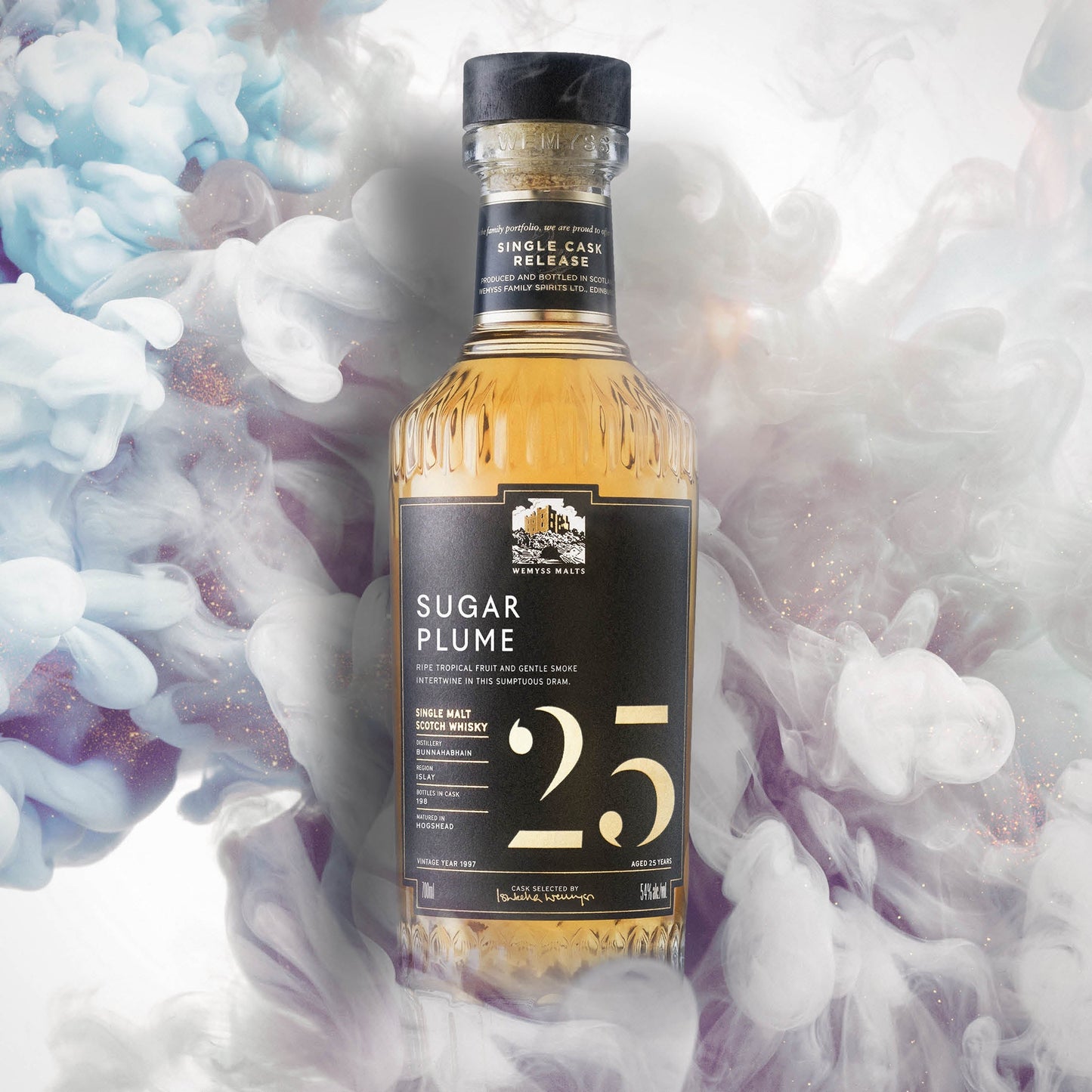

For our latest limited edition release, we enlisted the help of Jayson Byles, a local forager here in the East Neuk of Fife. We were lucky enough to use Jayson's sugar kelp harvest from Kingsbarns beach (5 minutes from our gin cottage) to infuse our latest limited edition, Coastal Haar.
Limiting our botanical mileage is a of utmost importance to us and therefore the locality of our ingredients is a priority. We spoke with Jayson to understand what foraging means to him and to learn more about his business in educating the public on the importance of sustainable foraging.
What sparked your interest in foraging?
Growing up in Rural New Zealand we always foraged it was a part of my day. We ate very seasonally and spent a lot of time outdoors, there was always something growing in a hedgerow.
Foraging is an ancient art that never really went away and was our first way to source nutrition before the dawn of agriculture, it ignites something primal and electric within the body and soul - it just feels right to be intimately connected to the land and have autonomy in how we nourish ourselves, and get to know where you live in a much deeper more connected way.
How long have you been foraging?
Ever since I can remember, the first foraging story told by my Mum is when I hid under the hedge at 2 yrs old and ate gooseberries until I fell asleep! Since then I still can’t resist a ripe gooseberry.
Do you have any tips for people on how to forage sustainably?
I have a 52 page booklet that I give to all attendees on my workshops that goes into full detail about foraging sustainably and safely but if I was to sum it up in one sentence then I would say - Treat all of the outdoors as you would your mother, with gentle kindness, respect and mindfulness, it’s your future you are caring for too !
Can you tell us more about sugar kelp and why you choose to forage for it?
Sea Belt, Oar weed and Royal Kombu are just some of the many names given to Sugar kelp or Saccharina latissima. A brown kelp found in the deeper parts of the intertidal growing up to 4 metres in length and living for upto 4 years, it has very distinctive frilly edges and a textured blade and can range in colour from golden to dark brown. Sugarkelp attaches to rocks with a holdfast but prefers to lay its fronds in sand. Prized for its high levels of naturally occurring mannitol it is great to add a touch of sweetness with an umami kick, younger plants are great toasted as a crisp.

What is special to you about the East Neuk of Fife?
I love the wildness of the North sea coupled with the amazing richness of history in the area. There have been so many eras and I think we are entering one in which we relearn how to steward the environment so that nature can regenerate after all it’s given to us. There are so many corners and interesting sights in this part of Fife that I am always learning.
What inspired you to start running workshops?
One cold and dark February morning four years ago I stood up to my ankles in the north sea picking seaweed and watching a storm slowly make its way up the Forth, I felt so alive and invigorated and it felt like a real gift that stayed with me.
Whenever I was down on the coast picking seaweed I would get chatting to someone passing by and they would start sharing their stories of seaweed and ask questions. It really showed me how much hunger there was to relearn what was forgotten but is still literally within arms reach of so many of us! Sharing the gift of aliveness and sustenance is truly the gift that keeps on giving and I feel really confident that everyone who leaves my workshops will go away with the commitment to sustainably and thoughtfully interact with the oceans around us.
What do your workshops entail and how can people get involved?
They always involve getting a bit wet, be warned! We explore the intertidal zone, nibbling some raw seaweeds as we go, then we share a seasonal tailored meal together on the beach. The workshops are always different as the environment, tides and weather are never the same two days running. It keeps me on my toes.
To find out more people can go to my website www.eastneukseaweed.com or find me on social media @eastneukseaweed
What is the best part of your job?
Empowering people with the knowledge to understand just how accessible the ocean is with the right skills and approach. Arriving at a blustery beach on a weekend morning and realising there is nowhere I would rather be.


